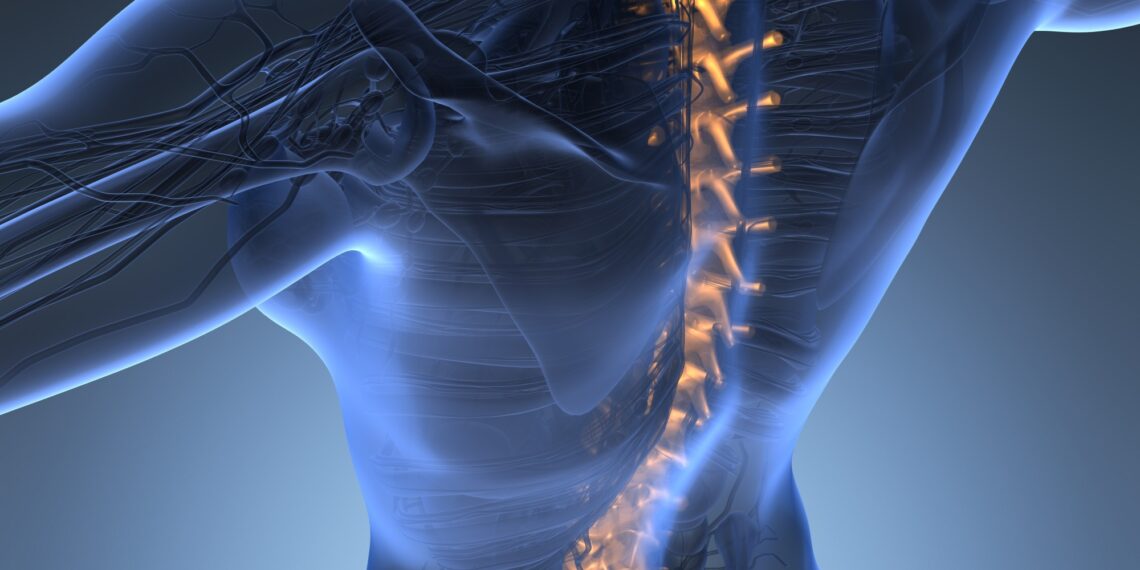As you open your eyes and pull yourself to sit on the edge of the bed, you realize how much your back hurts! That accident you had a couple of days ago wasn’t that bad, but it’s possible that you did do some damage to your spine after all.
Spinal cord injuries are much more common than you might think. Recent studies say that there are 17,730 new cases of spinal injury in the United States each year!
But how do you know if you should see the doctor? What happens if you did injure your spine?
Keep reading to learn everything you need to know about spinal injuries!
Table of Contents
What Is a Spinal Injury?
The basic definition of a spinal cord injury is damage to the spinal cord that causes loss of function or feeling. Most of the time, the spinal cord is not severed but damaged enough to affect mobility.
Most often, the cause of a spinal cord injury is trauma (like a car accident or a fall) or diseases like polio and spina bifida. Accidents happen when you least expect them! Check out the news from SweetJames.com for more accident-related news.
It is also possible to break the vertebrae of your spine without damaging the spinal cord. In those cases, the person broke their back but did not suffer a spinal cord injury.
What Are the Symptoms of Spinal Injuries?
The effects of a spinal cord injury are often dictated by where in the spinal column the injury occurred. The higher the damage, the more widespread the effects.
Spinal cord injuries in the neck often cause quadriplegia. Any damage above the C-4 vertebra could put you on a ventilator while injuries around the C-5 vertebra affect the mobility of your shoulders and biceps.
People with injuries in the C-7 or T-1 area can bend and straighten their arms but can have dexterity problems with the hand and fingers. Injuries of the spinal column around the thoracic vertebrae and below cause paraplegia. Injuries to the lower thoracic vertebrae (T-9 through T-12) often still allow good abdominal muscle control.
Spinal cord injuries can cause more than a loss of feeling and motion! Other common symptoms of spinal cord damage include loss of control of the bowel and/or bladder, low blood pressure, unregulated blood pressure, fluctuating body temperature, inability to form sweat below the level of injury. Very high spinal cord injuries (C-1 and C-2 area) cost you many involuntary functions, like the ability to breathe!
We Got Your Back When You Need a Break
Spinal cord injuries can cause permanent damage, so it’s important to take precautions and avoid them at all costs! But, if you suspect you or a loved one suffered a spinal cord injury, the sooner you seek help, the better your prognosis!
This article can help you recognize the signs of potential spinal injury so you can catch a problem sooner or pick up on any minor injuries as well. If you need help deciding if you should go to the doctor for your back pain, we’ve got your back!
We hope you enjoyed reading this article and that you learned a few things about spinal injuries. If you’re looking for more articles about health, news, tech, and more, check out the rest of our blog today!

